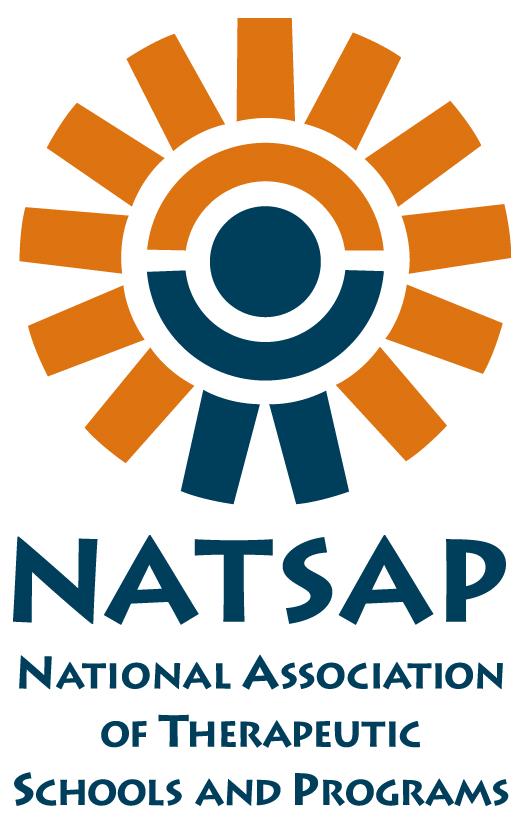Ecstasy or MDMA is a man-made stimulant type drug. It makes a person feel like everyone is their friend. It is sometimes called the “club drug”.
Others names used for Ecstasy include: E, X, XTC, beans, hug, lover’s drug, etc.
According to the National Institute on Drug Abuse 2012 survey the percentage of teens that have tried Ecstasy from 2001 to 2012 has decreased:
- Among 8th graders from 5.2% to 2.0%
- Among 10th graders from 8.0% to 5.0%
- Among 12th graders from 11.7% to 7.2%
One dose (pill) of Ecstasy lasts from 3 to 6 hours.
Short term effects of Ecstasy use:
- Blurred vision
- Distorted perception
- False sense of confidence
- Inability to make fast decisions
- Feel very alert
- Increased enjoyment from touching
- Sharp increase in body temperature
- Inability to regulate body temperature
- Nausea
- Feel faint or dizzy
- Jaw clenching
- Heatstroke – primary cause of death from Ecstasy
- Dry mouth
- Blood pressure increase
- Loss of sense of time
- Increased heart rate
- Liver, kidney and cardiovascular system failure
- Headache
- Depression
- Anxiety
- Memory problems
- Death
Long term effects of Ecstasy use:
- Dramatic increase in heart rate
- Heart palpitations
- Dehydration can lead to liver and kidney failure.
- Confusion
- Depletes the amount of serotonin in the brain
- Blocks the uptake of serotonin in the brain
- Depression
- Sleep problems
- Drug craving
- Severe anxiety
- Memory problems
- Brain damage (relative to the frequency and amount used)
Ecstasy like most stimulant drugs can be addicting. About 60% of people who stop using Ecstasy report having withdrawal symptoms.
Withdrawal symptoms include:
- Loss of appetite
- Depression
- Trouble concentrating
- Fatigue
Drug use and abuse cannot be ignored.
Triumph Youth Services treats a variety of drug and alcohol abuse and addiction issues in adolescents. Their professional staff have years of experience working with troubled youth.
They offer a small, highly structured family-type environment for youth. This family-like community promotes a social environment that takes on both therapeutic and healing properties instead of maintaining negative behaviors.
Reference:
http://teens.drugabuse.gov/drug-facts/ecstasy-mdma
http://www2.courtinfo.ca.gov/stopteendui/teens/resources/substances/ecstasy/short-and-long-term-effects.cfm








